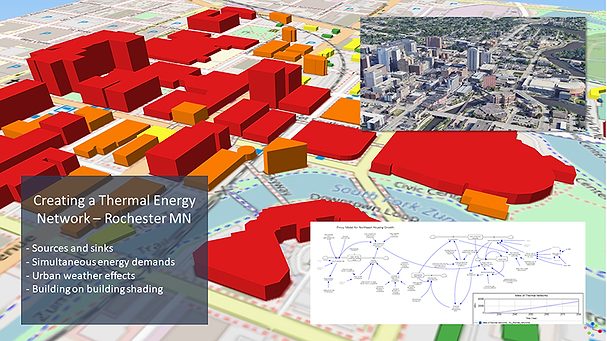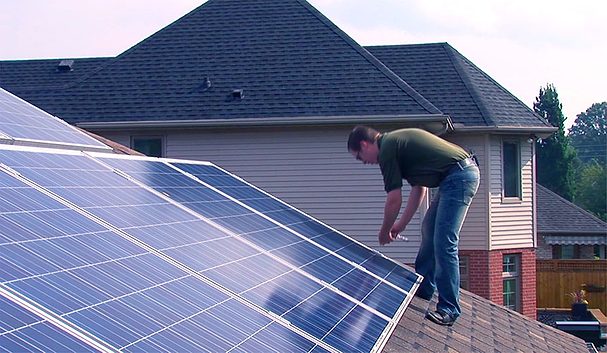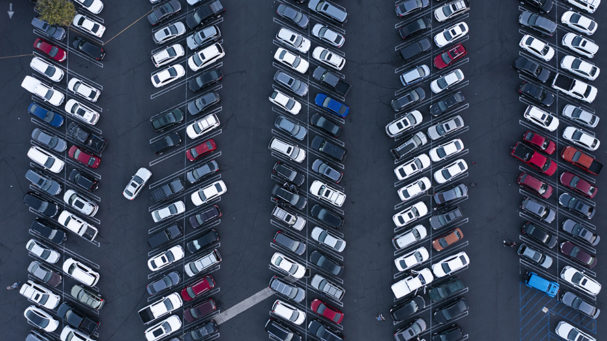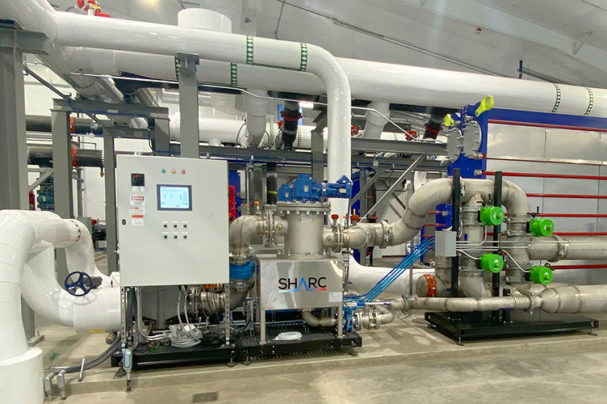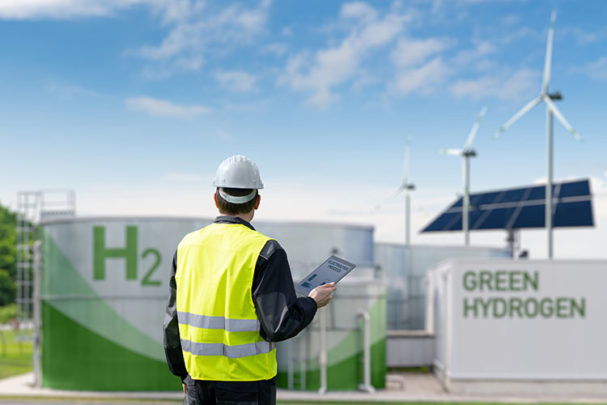Alternative Energy
The Future Is Now
I keep reading articles about all the reasons electric work vehicles are problematic; however, it appears that the reality is different.
Read More
Geothermal HVAC
Thermal Energy Networks Take Shape in Rochester, Minnesota
The city has pledged to reduce greenhouse gas emissions by 100 percent over the next three decades.
Read More
Geothermal HVAC
College Vs. Trades School: The Benefits of Field Experience Over Classroom Education
White collar, blue collar, hard hat or construction vest, we’re all on the same team and in the same boat.
Read More
The Future Is Now
Climate Change and Electrification
We will need electrified buildings, VPPs, bi-directional sharing with vehicles, and many other solutions in our transition to clean energy.
Read More
The Future Is Now
Turning the Corner on Clean Energy
Sales of heat pumps, clean water technology and electric vehicles continue to soar worldwide.
Read More
The Future Is Now
Mitigating Risk in the Past, Present and Future
Building professionals have a role to play in helping to accelerate the energy transition and decarbonize our buildings.
Read More


